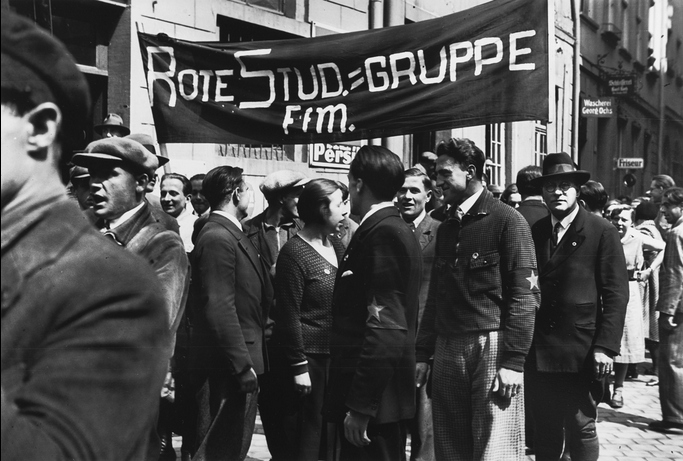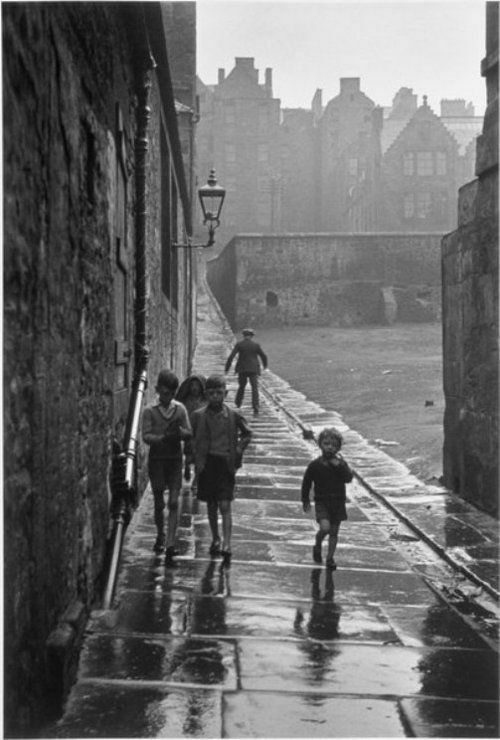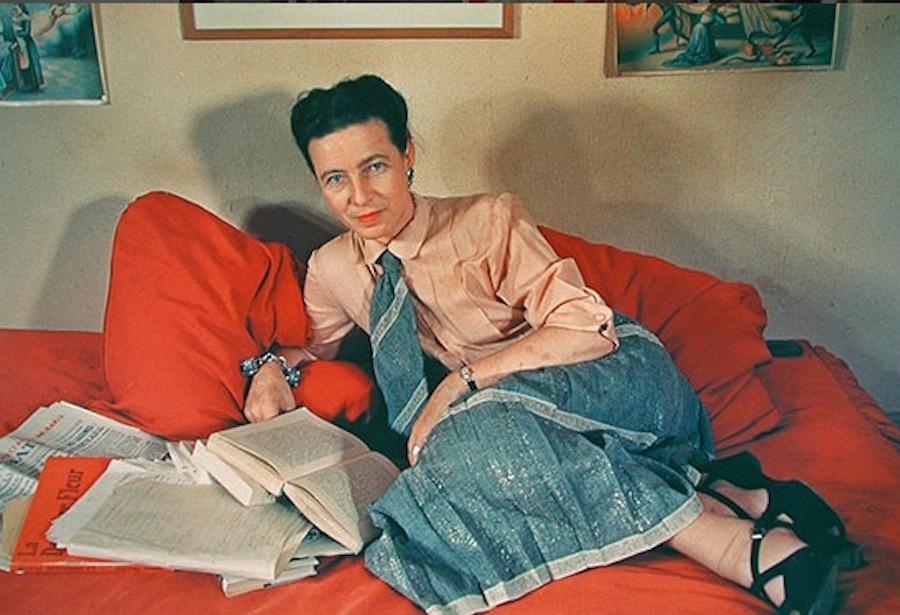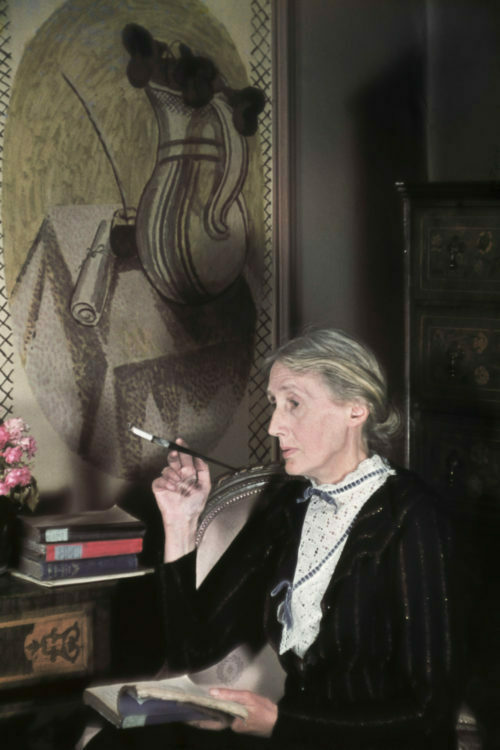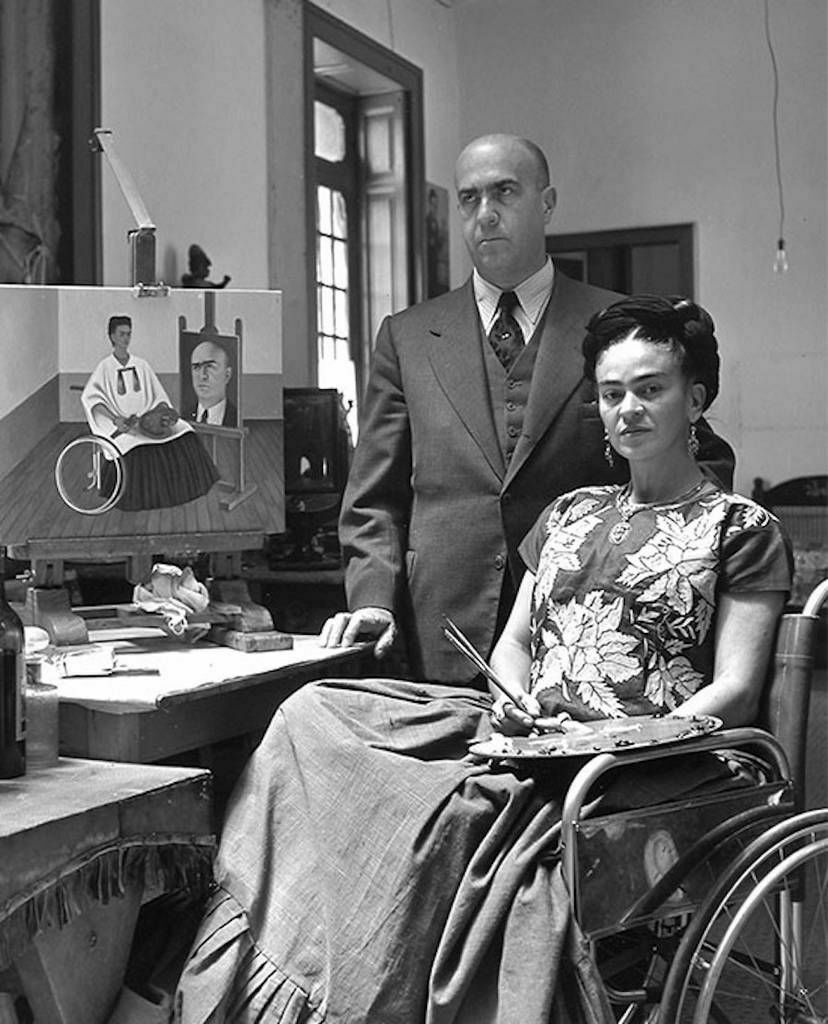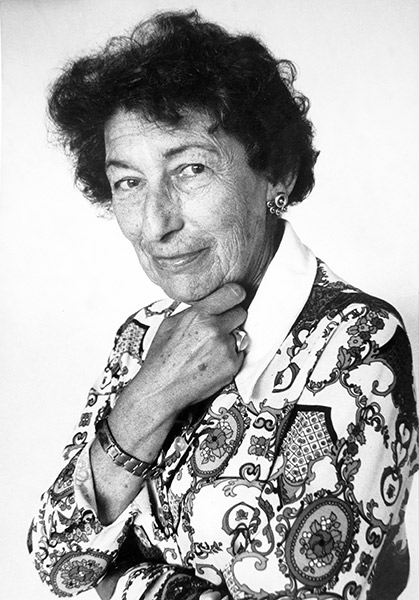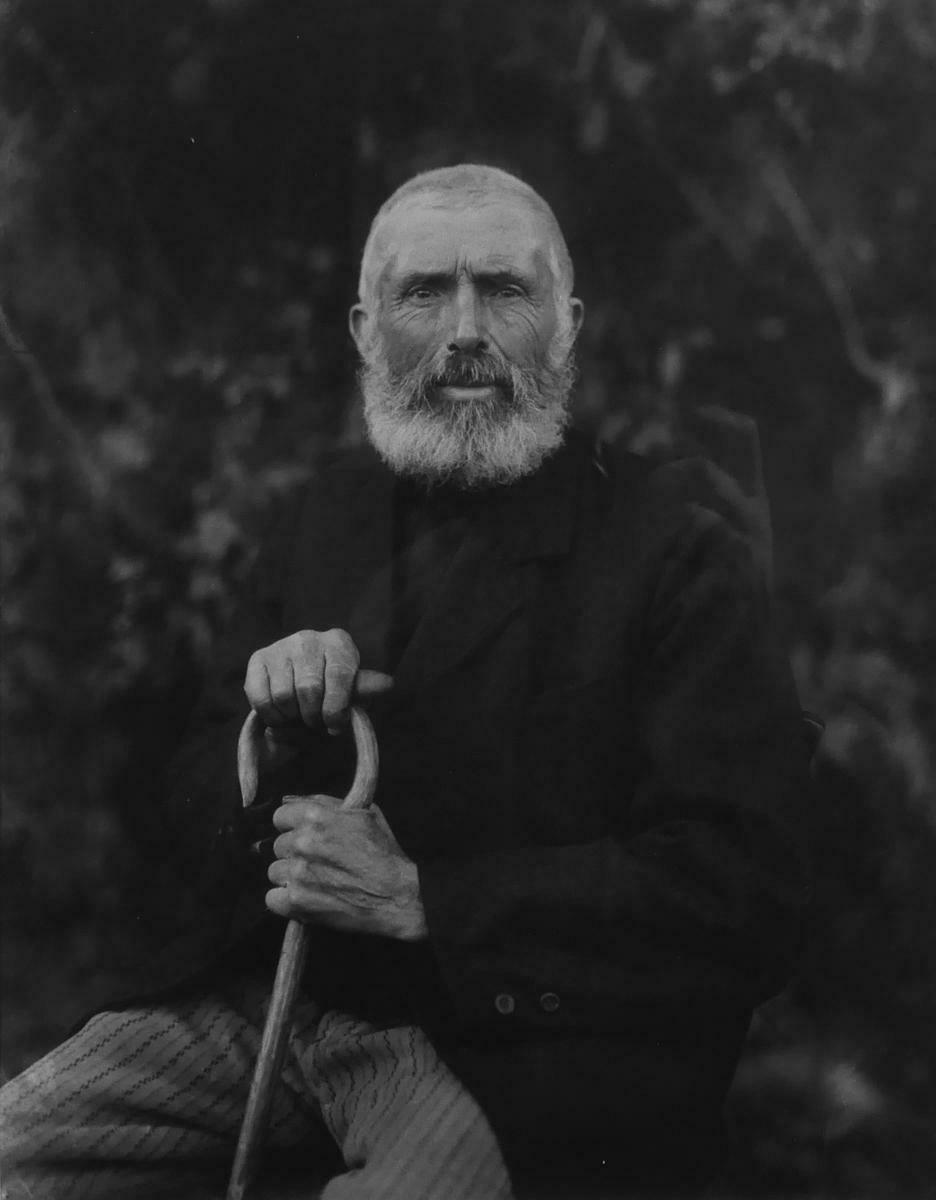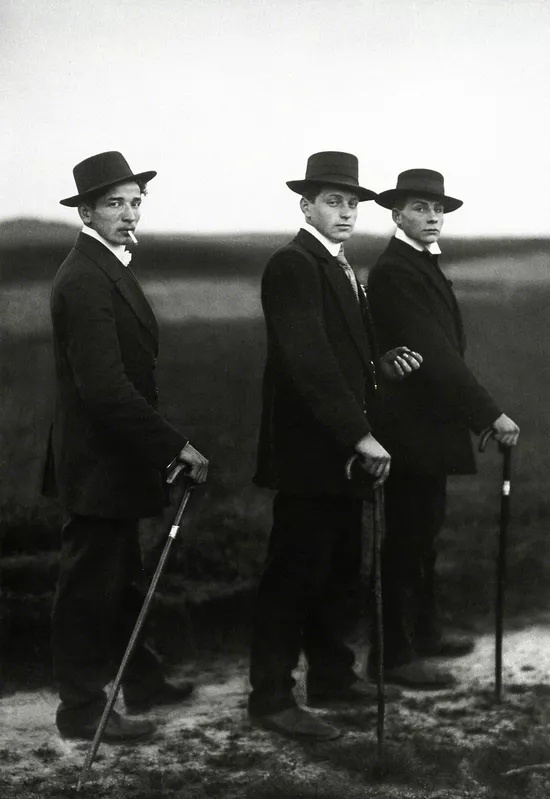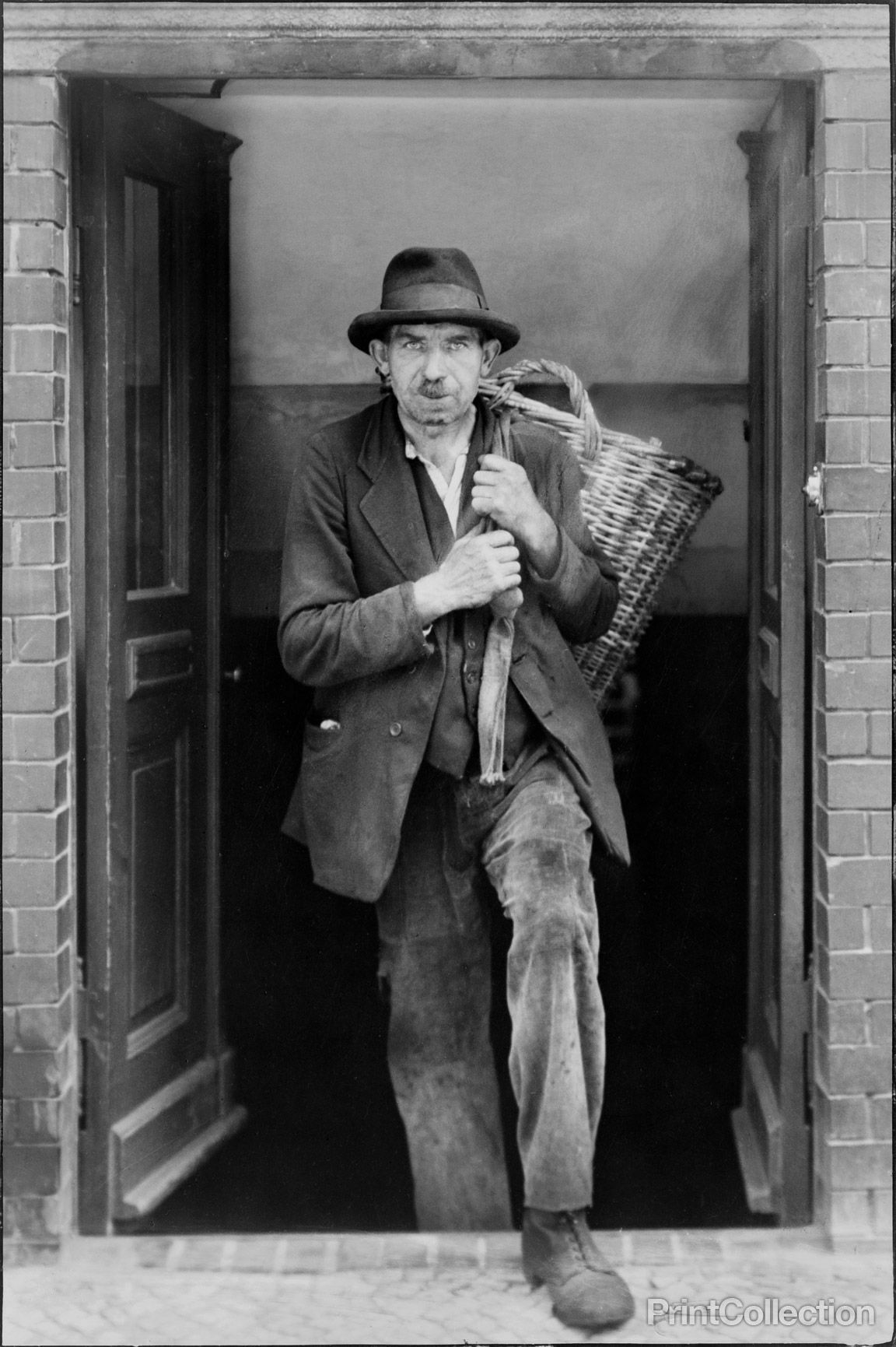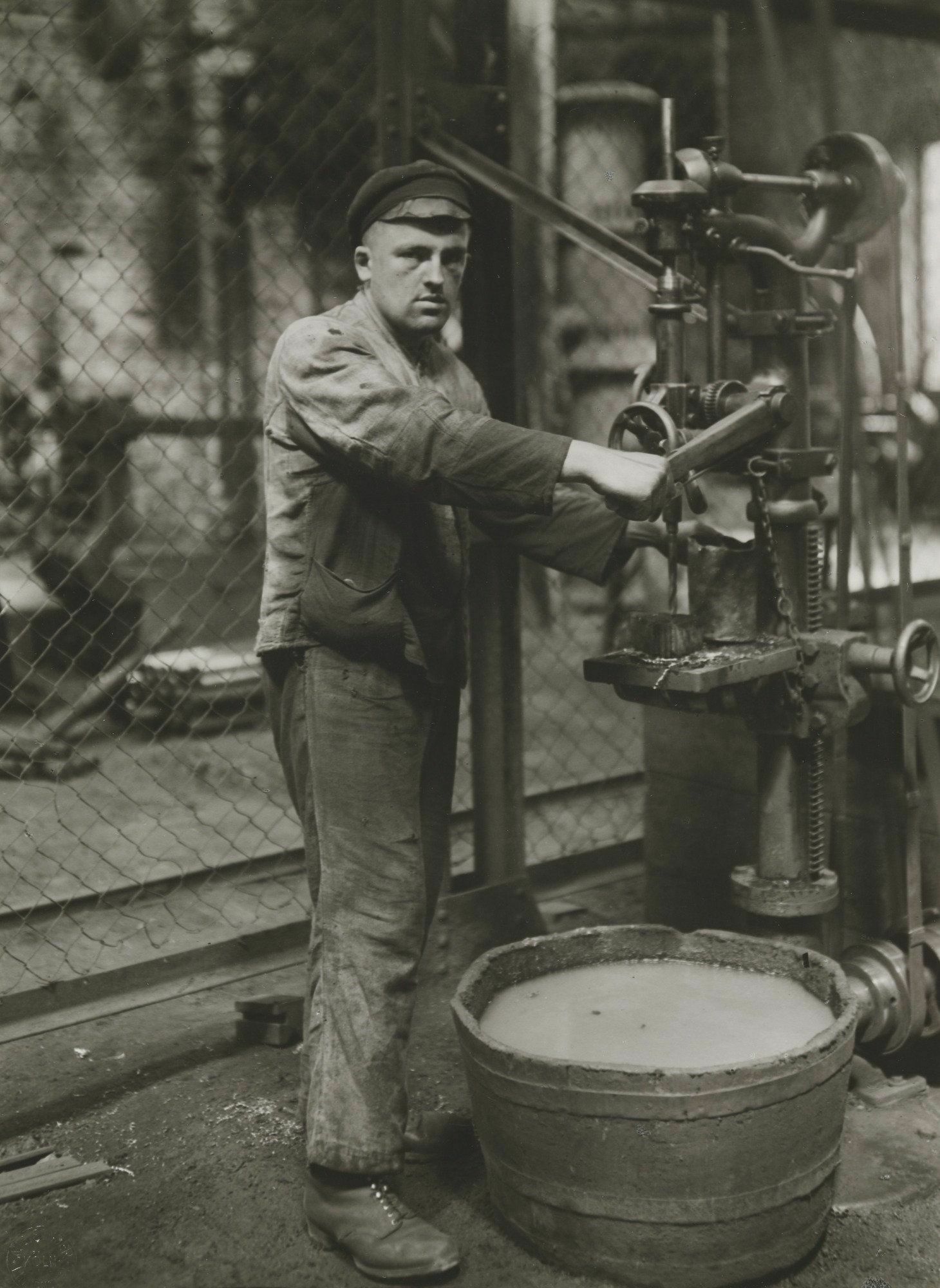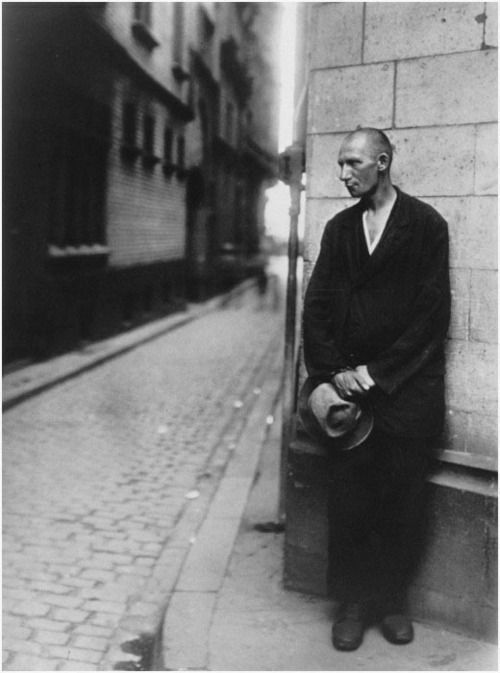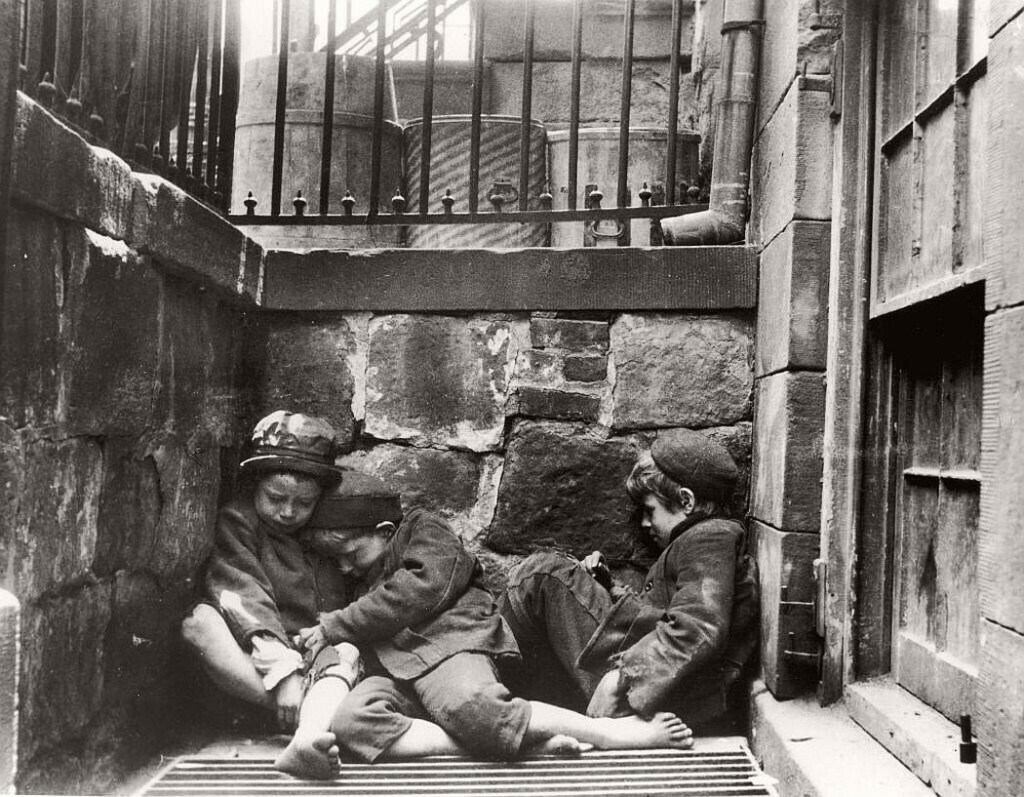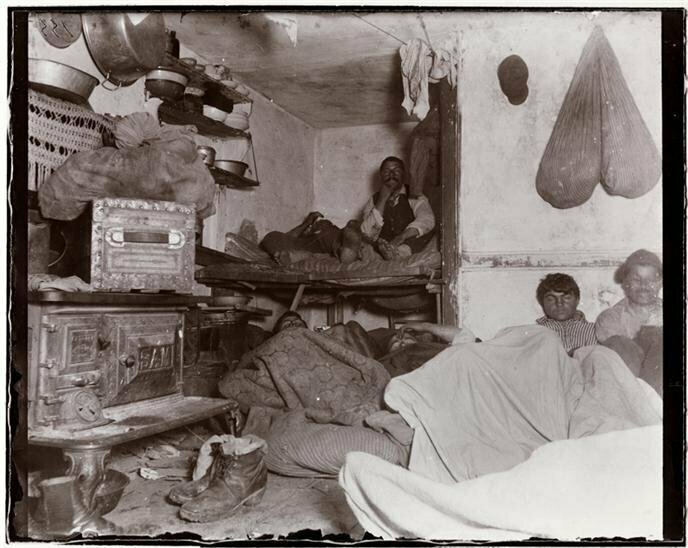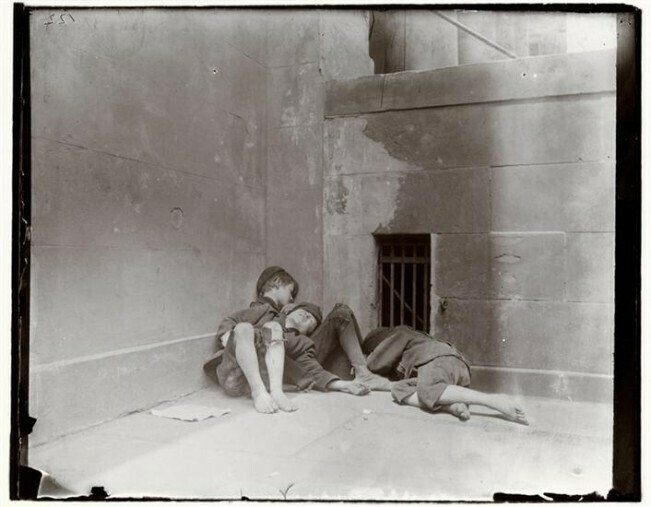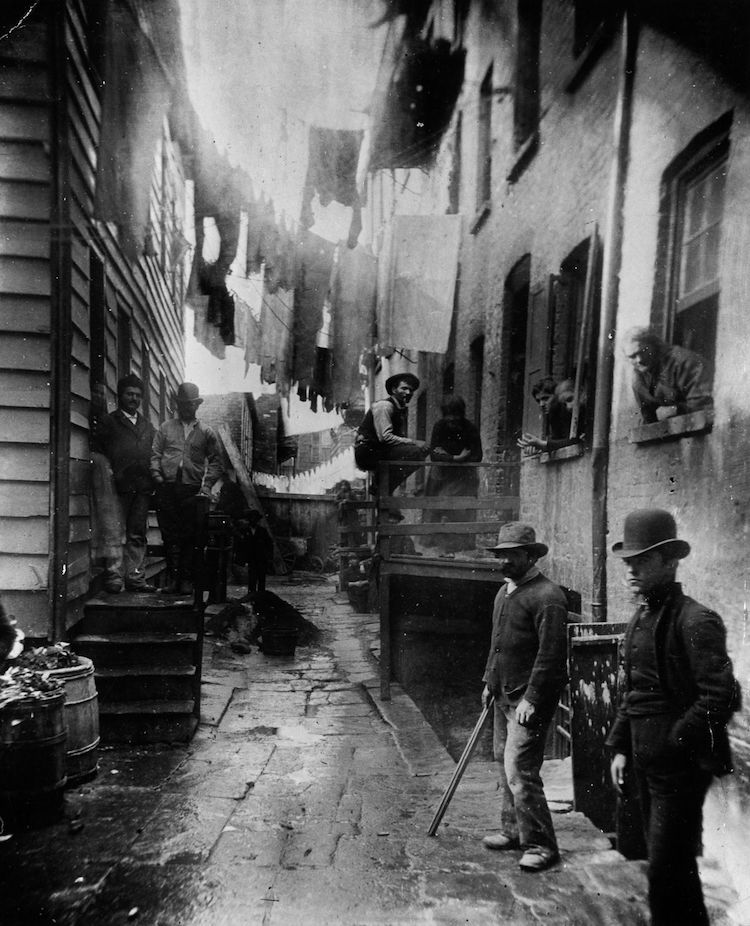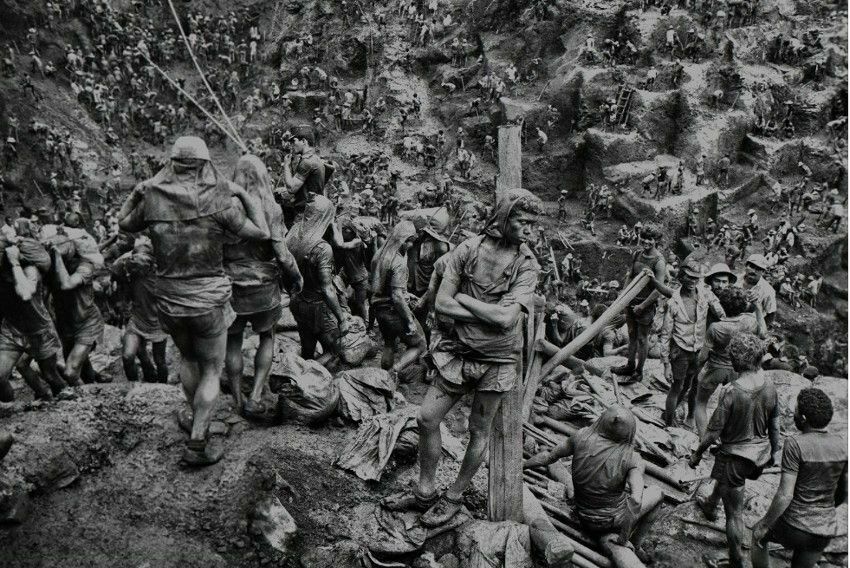
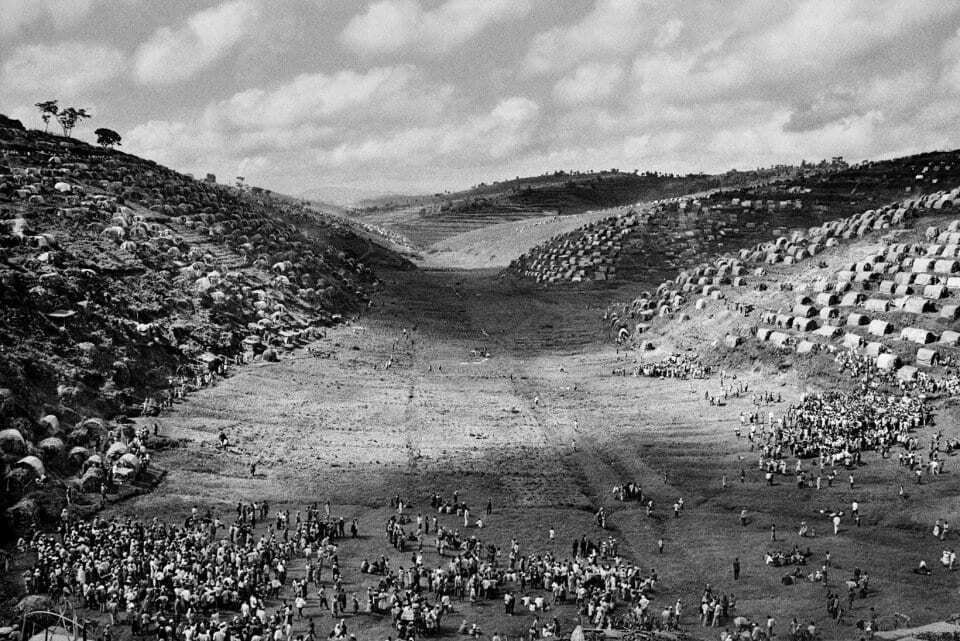
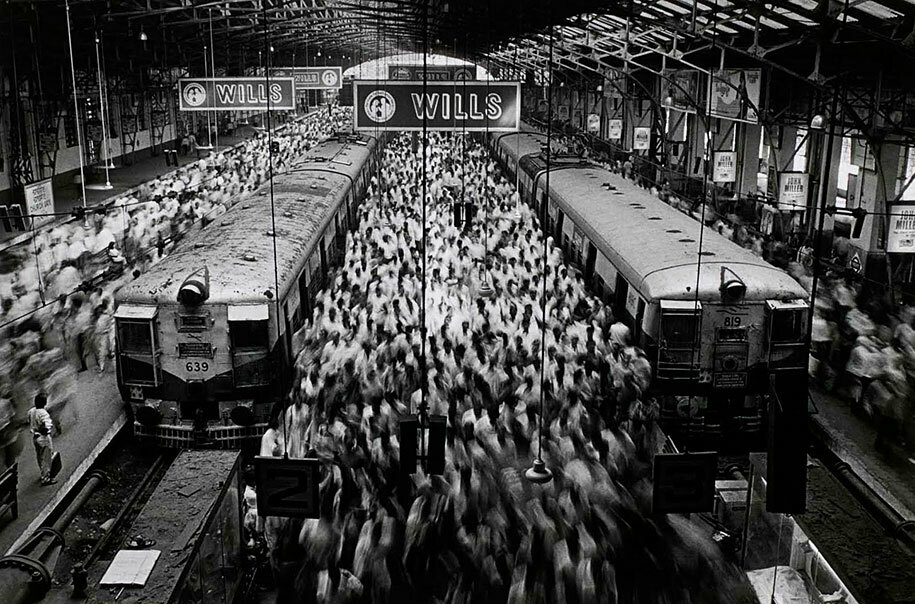
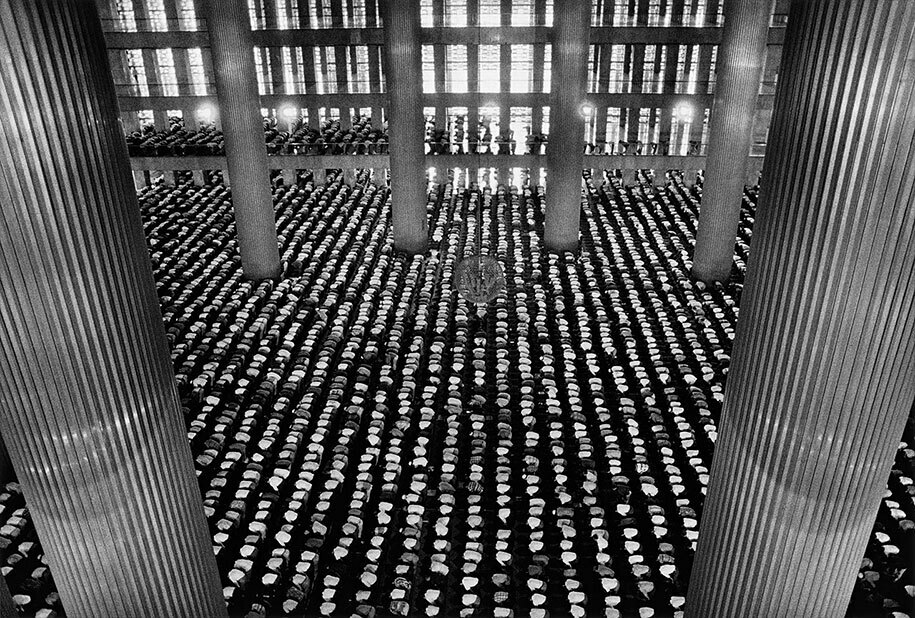
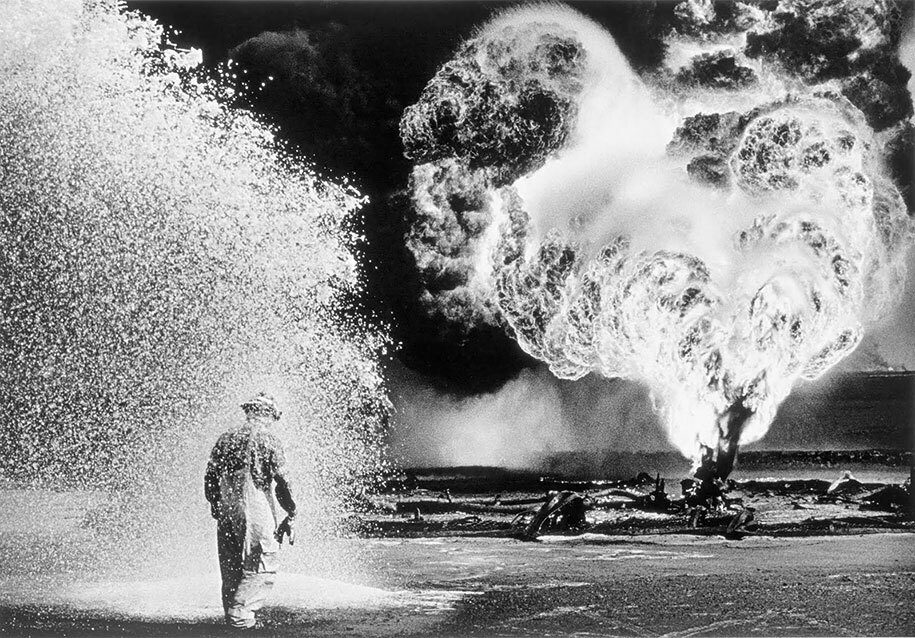
From the beginning of the #1980s the Brazilian #photographer #Sebastião_Salgado has been #documenting how #slave_like #work has been supporting humanity's present #urban/#high_tech #utopia.
#Salgado is the author of many other projects like #Exodus, a collection of 300 pictures that tell the timeless story of #exile and #migration.
- photo 1: untitled, Serra Pelada's gold mine, Brazil 1986
- photo 2: The refugee camps in the “Zone Turquoise”, Rwanda 1995
- photo 3: Churchgate Station, Western Railroad Line, Bombay, India 1995
- photo 4: The mosque of Istiqlal, Jakarta, Indonesia 1996
- photo 5: Greater Burhan Oil Field, Kuwait 1991
#best_photographers #hard_realities #social_engagement #documentary #photo_journalism #world
4 Likes
1 Shares
